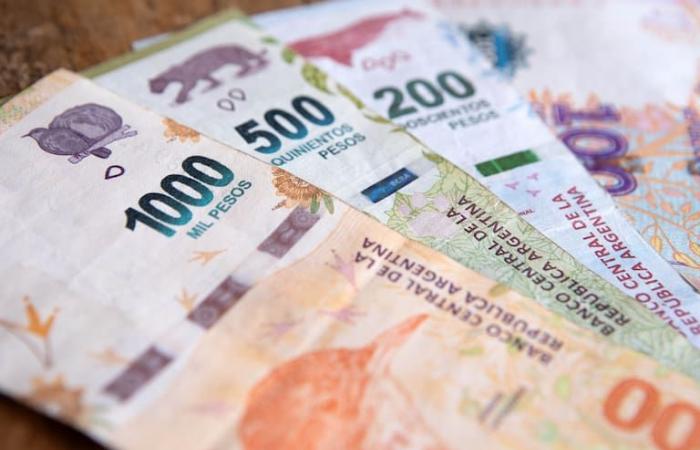
Hear
“The era of the negative real rate is over,” said last Wednesday the Minister of Economy, Luis Caputo. It was a strategy that the Government used to clean up the balance sheet of the Central Bank (BCRA) and reduce inflation in its first six months of management. although it also meant an impact for retail savers. However, in recent days some banks began to slowly raise the yield of the fixed terms of 30 days, while a new investment awakened demand in pesos.
Caputo’s statements were made after the Ministry of Economy carried out a tender for Capitalization Letters (Lecap), in which only offers to purchase securities maturing in three months were accepted, with a Minimum rate of 4.25% monthly. A day later, Indec announced that the inflation in May it was 4.2%.
“If May inflation were the ‘ceiling’ of future inflation, Lecaps tendered at 4.25% TEM [tasa efectiva mensual] would provide a positive real rate in the coming months. But an acceleration of inflation is likely headline in June, which would push interest rates back into negative territory. If, on the other hand, we look at core inflation (it was 3.7% in May), the chances of providing a positive interest rate increase significantly,” explained Delphos Investment analysts.
Anyway, That first signal that the Government made encouraged the banks to minimally increase the yield on fixed terms in pesos, that hit lows in mid-May. At that time, the Central Bank reduced the monetary policy interest rate at 40% nominal annual (TNA), and financial institutions decided to pay retail savers a rate up to 13 points lower.
In recent days, the Santander Bank raised the rate for 30-day fixed terms from 28% to 31% annual nominal. They were three percentage points higher. The same thing happened with the Macro Bank, which raised the rate from 30 to 33% of TNA. Meanwhile he hipotecary Banc increased the rate from 31% to 34% annually, and the BBVA from 28% to 29.5% TNA.
“Some banks slowly began to raise these yieldsbased on the reference that the Lecaps rates in the market represent today. The BCRA has cut the monetary policy rate six times so far under Javier Milei’s government (it was 133% in December). Private entities are no longer required to pay a minimum rate, but some banks began to limit this spread”said Ignacio Morales, analyst at Wise Capital.
In any case, a nominal annual rate of 34% represents a monthly effective return of 2.8%. That is, in May this investment lost 1.4 points compared to inflation. This also impacts funds. money market that digital wallets offer, since these instruments are mainly made up of fixed terms and guarantees.
For this reason, to attract savers who need to have money available at all times (immediate liquidity), some brokerage companies began to offer mutual investment funds that adjust for Lecaps. These bills are issued by the Treasury, and were designed to offer a fixed return over a given period, usually in the short term. Today, they yield between 3.2% and 4.2% monthly.
“These letters have gained notoriety and have formed, until now absent in our market, a fixed rate curve in pesos. Although they are below inflation levels, they become a superior alternative to other instruments such as fixed-term or surety bonds. They should be the predominant instrument in the portfolio of those seeking maximize the return on your working capital or liquidity weights”, considered Nicolás Max, director asset management from Criteria.
Meanwhile, for Facimex Valores analysts The great unknown that weighs on the market is whether the Government will raise interest rates in the coming weeks. Above all, after Caputo’s statements and the perspective that in June inflation will be around 6% monthly, due to the tariff unfreezing.
“Will nominal interest rates rise in the face of accelerating inflation in June? Or is this a statement that looks at core inflation with a focus on the medium term? These are important questions that today do not have an answer from the economic team, but warrant caution in exposure to Lecaps”, they closed.




